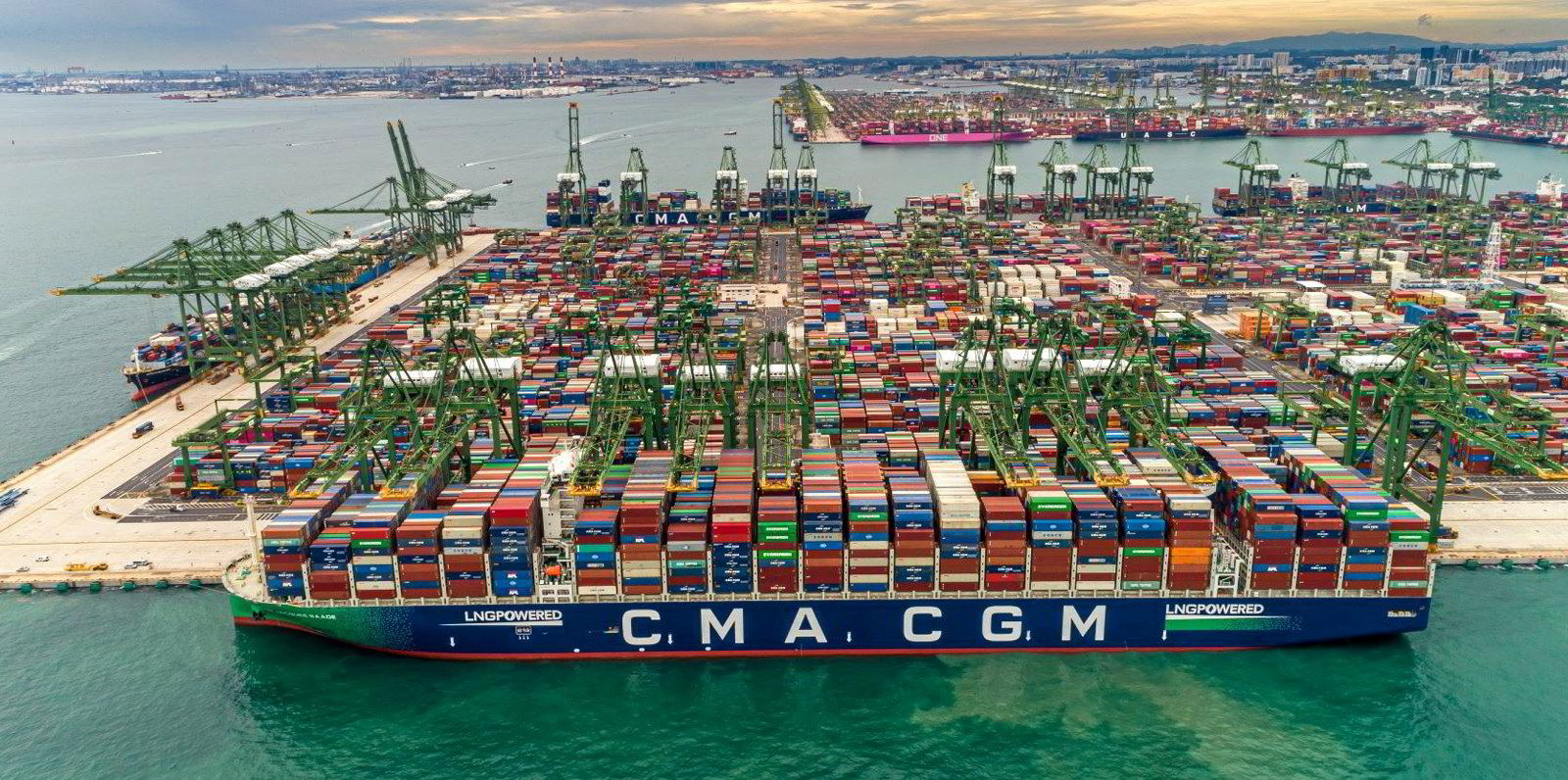Singapore has retained its number one position in a survey of top maritime capitals carried out by the Baltic Exchange and China’s official state press agency Xinhua.
The top three places in the Xinhua-Baltic International Shipping Centre Development Index Report were rounded out by London in second followed by Shanghai in China.
The Baltic, which is owned by the Singapore Exchange, said Singapore had earned its longstanding spot at the top of this index due to its “wide and established” ecosystem of professional global maritime services, good governance, ease of doing business and large and strategically situated port.
Further down the top ten, there was little movement as Hong Kong, Dubai, Rotterdam and Hamburg take fourth, fifth, sixth and seventh place, respectively.
Athens, home to the world’s most influential group of shipowners, slipped down a place to eighth behind New York.
The US city’s move above the Greek capital was due to it seeing an “exceptionally strong” uptick in container throughput in 2021 as logistics companies moved goods through the US east coast port to avoid congestion on the US west coast.
Rounding out the top 10 was the Chinese port of Ningbo-Zhoushan which owes its place on the list due to it being the third busiest port in the world in terms of cargo handling.
A total of 43 maritime locations were rated as part of this report with the average score amongst the top 10 ports being 76.98 out of 100 and the average across the entire 43 rankings standing at 58.70.
Baltic Exchange chief executive Mark Jackson said: “The success of the maritime hubs included in the top 10 list has for the most part been borne out of collaboration and synergies across different sectors of the shipping industry.”
Xu Yuchang of China Economic Information Service, a subsidiary of Xinhua, said the report offered a “window into the shipping industry, its drivers and its challenges and plans going forward”.
“The 2022 report highlights that innovation and digitalisation will be essential for maritime success over the next decade,” he said.
“It also shows how flexible and resilient global supply chains can be when confronted with challenges. Importantly, it underscores how central shipping is to the global economy.”





